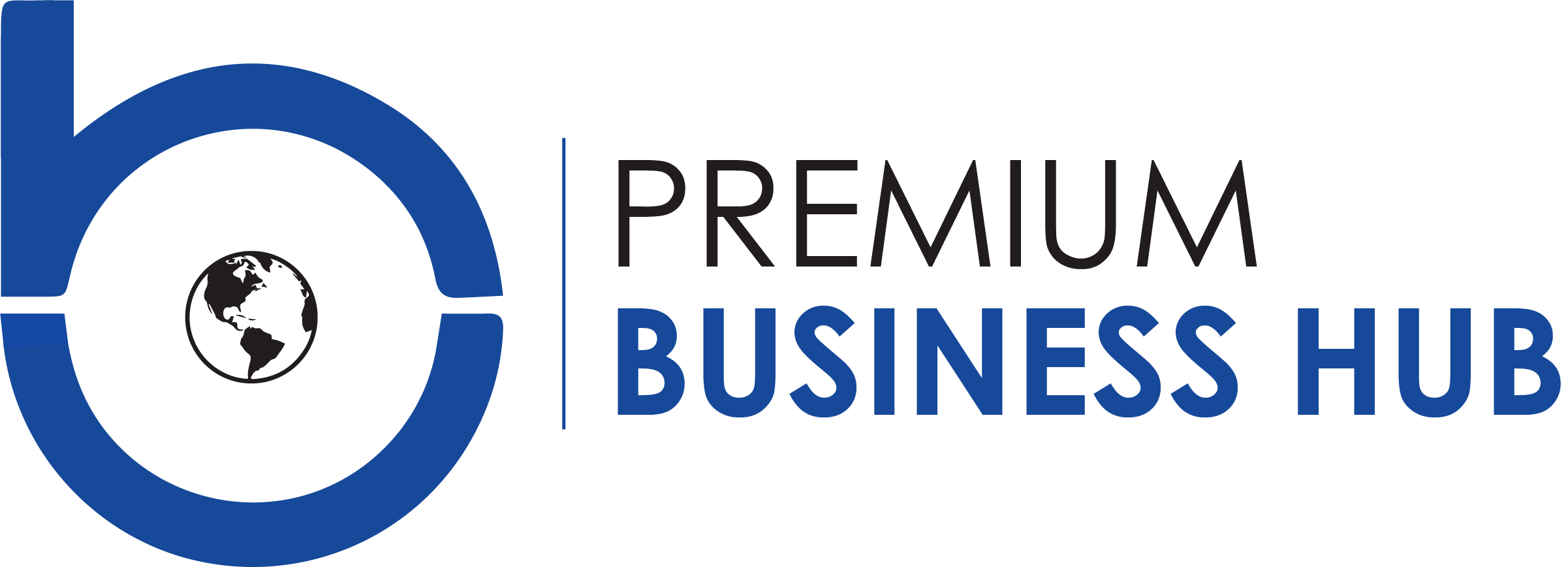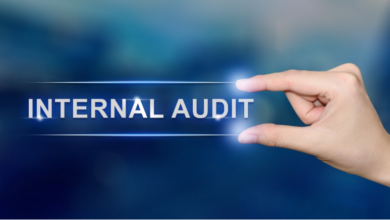How to Turn Your Employer Sponsored Retirement Plan into Long Term Wealth

If you have access to an employer-sponsored retirement plan, you already have a key piece of the retirement puzzle in your hands. The question is whether you’re using it right – or at all. Many people aren’t. They leave money on the table, miss tax benefits, and they delay building real financial security until it’s harder to catch up.
Let’s walk through the key benefits of these plans, why they matter, what common mistakes derail your future wealth, and what employers get out of offering them. No fluff – just straight facts.
What Is an Employer Sponsored Retirement Plan?
An employer-sponsored retirement plan is typically a 401(k), 403(b), or another type of defined contribution plan. You contribute pre-tax dollars from your paycheck. Sometimes your employer matches a percentage of those contributions – that’s free money.
Let’s say your employer offers a 100% match on up to 4% of your salary. You make $70,000 and contribute 4% – that’s $2,800. Your employer kicks in another $2,800. You just doubled your investment. That’s a prime example of why these plans are valuable.
And you haven’t even gotten to the tax benefits yet.
See also: Budgeting for Families: How to Manage Household Finances Effectively
What Are the Tax Benefits of an Employer Sponsored Retirement Plan?
There are several tax advantages of employer sponsored retirement accounts. One of the biggest overlooked advantages is the tax deferral. Contributions come out of your paycheck before taxes hit. That reduces your current taxable income – which could drop you into a lower tax bracket today.
You’re not taxed on those contributions or their growth until you withdraw the money in retirement. The result is decades of compound growth without tax drag. If you contribute consistently in your 20s, 30s, and 40s, the amount of wealth you can accumulate is significant.
For example:
- If you contribute $6,000 a year starting at age 30, and it grows at 7% annually, you could have over $650,000 by the time you’re 65.
- If your employer matches half of that ($3,000 a year), that grows the total to over $950,000.
That’s how long-term wealth is built. Not through big swings – through consistent contributions and management.
Common Mistakes That Derail Your Growth
- Not contributing enough to get the full match
This is the lowest-hanging fruit. If your employer matches 4% and you only contribute 2%, you just gave up free money. Know your employer’s match and make sure you take advantage of it. - Withdrawing early
Cashing out a 401(k) before age 59½ triggers taxes and a 10% penalty. That $20,000 you pull out could shrink to $13,000 after taxes and penalties. Plus, you lose the future growth on that money. - Not adjusting contributions over time
If you set your contribution rate at 3% years ago and never touched it, you’re probably underfunding your retirement. Revisit it every time you get a raise. - Not investing within the plan
Putting money into a 401(k) isn’t enough. You must allocate those funds into investment options. Leaving it in cash or a money market fund might feel safe, but it underperforms inflation. - Ignoring plan fees
Some plans are packed with high-fee mutual funds. Look at your expense ratios. The lower, the better.
The Power of Auto Features
Modern employer plans often include automatic enrollment and automatic escalation. These tools help nudge you in the right direction.
- Auto-enrollment puts you in the plan unless you opt out.
- Auto-escalation increases your contributions over time, often by 1% per year.
If you’re already in a plan with these features, check your default contribution rate. You might be able to bump it up without noticing the change in your paycheck much.
What Employers Get Out of All This
From the employer’s side, these plans aren’t just a benefit-they’re also a business strategy. Offering a strong retirement plan helps attract and retain talent.
It can also help with employee morale and productivity. People are less stressed when they feel secure about their financial future. According to a study from the Employee Benefit Research Institute, 60% of workers say retirement plans through work are their primary savings vehicle.1 When employees have access to these plans and use them well, the whole company benefits.
There are also tax advantages for the employer. Contributions to employee accounts are tax-deductible for the business. There may be additional tax credits for small businesses that start a plan, especially under newer laws like the SECURE Act 2.0.
Employers have a responsibility, though. They must choose and manage investment options responsibly, provide education, and make sure fees are reasonable.
Building Wealth Starts Early – But It’s Never Too Late
The biggest advantage you can give yourself is time. The earlier you start contributing, the more time compounding can work in your favor. But even if you’re behind, it’s not over. Catch-up contributions are available once you turn 50. You can contribute more, and with focused attention, you can still build meaningful wealth.
Start by maxing out your employer match. Then increase your contribution rate each year until you’re putting away 10–15% of your income. If your plan offers a Roth option, look into it. Roth contributions are taxed now but grow tax-free – which might help you in retirement when your tax bracket could be higher.
A Final Note
For more on this topic – from both the employee and employer perspectives – Fragasso Financial Advisors has a blog post that breaks it down well. They’re a Pittsburgh-based wealth management firm that works with both individuals and businesses. The post isn’t promotional; it’s a solid walkthrough of the value of employer-sponsored retirement plans and how to use them to build financial security. Worth a read if you want to dig in further:
https://www.fragassoadvisors.com/employer-sponsored-retirement-plans-creating-a-path-toward-financial-security/
Bottom line: If your employer offers a retirement plan and you’re not taking full advantage of it, you’re missing one of the most effective wealth-building tools available. Use it. Max it out. Let it work for you. You don’t need to be a financial expert to retire with confidence – but you do need to start.
1 https://www.ebri.org/content/new-research-finds-substantial-growth-in-individual-account-retirement-plan-assets
Investment advice offered by investment advisor representatives through Fragasso Financial Advisors, a registered investment advisor.




